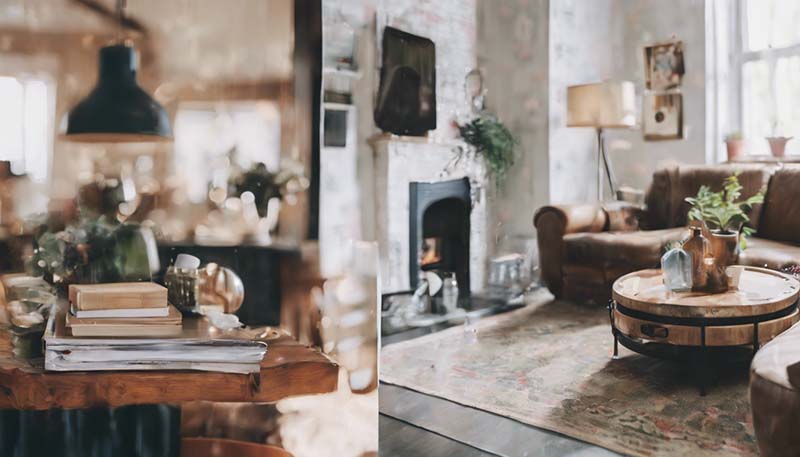Modern vs. Classic: Balancing Styles in Your Home
Modern vs. Classic: Balancing Styles in Your Home
Home décor is a personal canvas where you can express your style and personality. When it comes to interior design, the Modern and Classic styles are two of the most popular and enduring choices. Striking the right balance between these two can be a challenge, but it's also an opportunity to create a home that feels both timeless and fresh. In this article, we'll explore how to blend modern and classic styles to create a harmonious and stylish home.
Understanding the Styles
Before diving into the combination, it's crucial to understand what defines each style:
Modern Style
The modern style is characterized by simplicity, minimalism, and functionality. It often features clean lines, geometric shapes, and a neutral color palette with occasional pops of bold colors. Modern design tends to prioritize space and light, often using large windows, open floor plans, and minimal clutter.
Classic Style
Classic style, on the other hand, is rooted in traditional aesthetics that have stood the test of time. It often includes ornate details, rich woodwork, and a mix of patterns and textures. The color palette in classic design can be more varied, with rich jewel tones and deep, warm colors. Classic homes often have a more formal and sophisticated feel.
Advertisement
Balancing Modern and Classic Elements
The key to successfully blending modern and classic styles is to find a balance that feels cohesive and intentional. Here are some strategies to consider:
Start with a Neutral Base
Choose a neutral color palette for walls, floors, and large pieces of furniture. This provides a versatile backdrop that can easily accommodate both modern and classic accents.
Select Signature Pieces
Invest in a few statement pieces that reflect the classic style, such as an antique armoire or a vintage chandelier. These pieces can serve as a focal point and help anchor the room's design.
Incorporate Modern Comforts
While classic pieces add character, modern furniture provides comfort and functionality. Look for sleek, comfortable sofas and chairs with clean lines to balance out the classic elements.
Play with Textures and Materials
Mix materials like wood, metal, glass, and fabric to add depth and interest to the space. Textures can help to bridge the gap between modern and classic styles, creating a layered and dynamic look.
Add a Touch of Nature
Bringing in natural elements like plants or using materials that mimic natural textures can soften the space and add a timeless appeal.
Use Art and Accessories Wisely
Art and accessories can help to tie the modern and classic elements together. Choose pieces that have a mix of classic and modern influences, or that complement the color and style of the room.
Creating a Cohesive Look
When blending modern and classic styles, it's important to create a cohesive look that feels intentional rather than chaotic. Here are some tips to keep in mind:
Stick to a Consistent Color Palette
Maintain a consistent color scheme throughout the home to create a sense of unity. This doesn't mean every room has to be the same color, but rather that there should be a harmonious flow of colors from one space to another.
Balance Proportions
Pay attention to the size and scale of furniture and décor items. A large, classic piece may be balanced by a modern, minimalist chair, for example.
Repeat Motifs
Repeat certain design motifs or elements throughout the home to create a sense of cohesion. This could be a particular shape, pattern, or material that appears in different forms across various rooms.
Consider the Room's Function
The function of a room can influence the balance between modern and classic elements. For example, a living room may lend itself to more classic, formal pieces, while a kitchen or family room might be more suited to modern, functional design.

Conclusion
Balancing modern and classic styles in your home can result in a beautifully curated space that feels both fresh and timeless. By understanding the characteristics of each style, selecting signature pieces, and carefully considering the balance of elements, you can create a home that is uniquely yours.
Remember, the most important aspect of home décor is that it reflects your personal taste and creates a space where you feel comfortable and at home.
 2024-02-17
2024-02-17 121 Comments
121 Comments